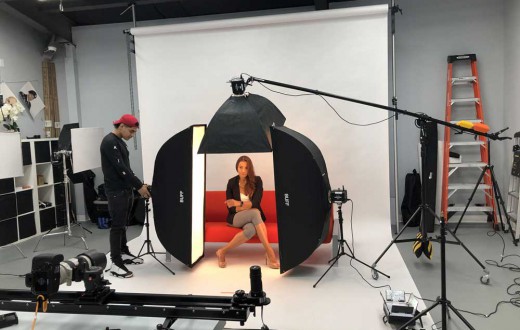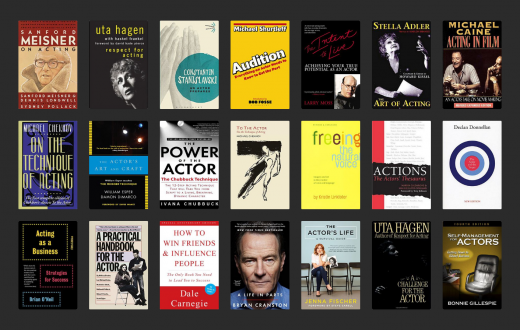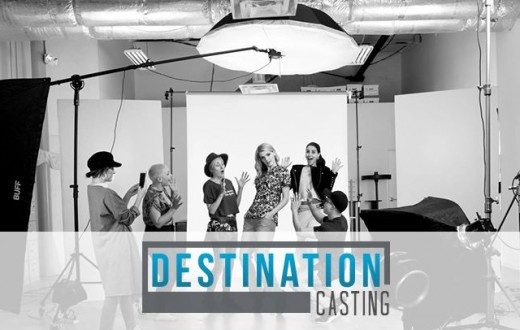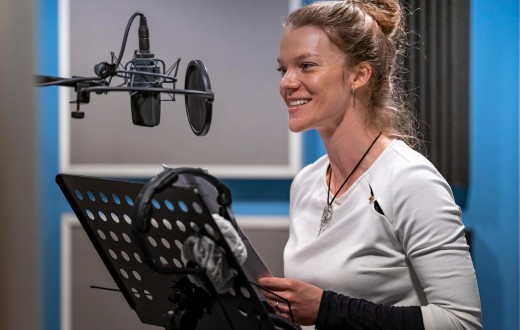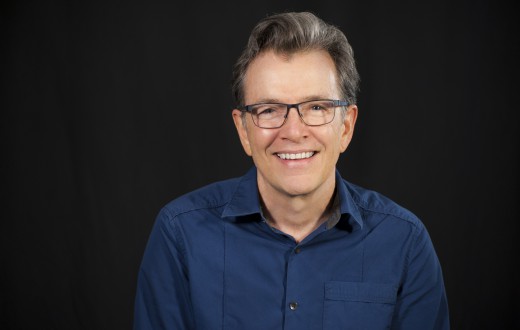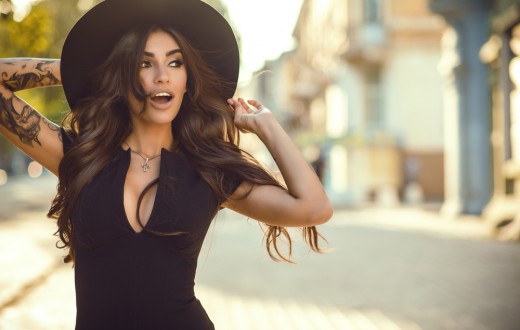Standing out in such an over-competitive market is at times difficult. With that said, uniqueness becomes even more fleeting when we feel we are overcompensating to gain opportunities. But for actors specifically, getting ahead may be as easy as one word – headshots.
Headshots are the bread and butter for any serious actor or actress. Through the use of displaying facial features and expressions, actors can make themselves fit into various roles they never thought possible.
As the old saying goes, a picture is worth a thousand words. Those thousand words, expressed in a headshot, can be the deal breaker between a successful career and continuous casting woes.
What Makes a Great Headshot?
Headshots are much different than portraits and other personal photos. In a headshot, it is most times insisted that photos be taken from the chest upward, or cropped in a manner that highlights facial features and structure. This means the most successful headshots are those having very few distractions or details.
What exactly those distractions and details are can get a bit confusing. Generalized, here are the main components that should be looked at when outlining your Headshot.
- Lighting and Backdrop
- Clothing
- Poses
- Retouching
Lighting and Backdrop
Keeping it simple is always the best solution. It is important that nothing in your background is visible enough to distract casting directors from the most important aspect of the photo – you.
This is why solid color backgrounds work best. Make sure your background is of a neutral color, preferably white, gray, or even a dark red. If outdoor headshots seem more appealing, be sure your background is blurred and good lighting is scouted.
Speaking of lighting, you first want to make sure that no shadows appear in your shot. Be mindful that everything should be of the same color tone. The key here is to make yourself both flattering and focused.
Clothing is Your Character
Some agencies will tell actors to be neutral in their approach. While doing so will get you auditions, it will not make your headshot stand out in a pile.
Getting the best results out of your headshot involves understanding who it is you are as a talent. Actors first need to determine what their best archetypes are, and approach headshots from that standpoint.
By understanding your best character types, you can select a series of outfits to support your abilities.
However, be careful not to take it over the top. Using a more aggressive outlook still means you need to use rich or deep color tones. Make sure your clothing patterns flow with your background and lighting. Flow also means less use of props and accessories, including eliminating logos, photos, or shiny pieces.
The Perfect Pose
The perfect pose is practically nothing more than a standard straight forward look.
While different character types might require more stoic or playful facial expressions, it is most important that your look be focused. Both eyes should be placed directly to the camera, with your body centered to the shot.
Having angles slightly to the left or right may be appropriate to highlight your outfit, but also risk taking away from your face.
Restricted Retouching
Everyone wants to look their best. And since a headshot is partly an actor’s resume, a lot of times retouching is done to an extreme.
Doing extensive retouching could not only lower your audition options, but get it to where you never even receive a call.
Casting directors want to see who it is they are coming in contact with. There is nothing more frustrating than seeing a picture and getting something different in person. So, it is important the only retouching that is done is to create consistency within your photo.
How to Choose a Headshot Photographer
Now that you are more prepared on how to map out your headshot, it is time to go and find a photographer.
Even though there are many talented people who can present glossy portfolios, finding the right person is about something much different than a creative outlook.
Here are a few things to consider.
What Makes a Good Headshot Photographer?
Any serious photographer is going to tell you they can take your headshots. The real question that needs to be asked is how their work fits in with your individual needs.
The details of what makes a good headshot will only be understood by those who have taken headshots in the past. After establishing that they are a headshot photographer, ask to see samples to evaluate if their work matches up with best headshot practices.
Those who are best with taking headshots should be able to talk extensively with you about their work and experiences with actors.
Why Is Communication Key?
Being direct about what it is you expect in your shoot is important. Be sure to see if your outlook is on the same page with the photographer.
It is oftentimes a good idea to book a consultation, whether it be in person or over the phone. Go through with the photographer the aspects of your headshot : lighting, background, clothing, pose, and retouching.
If everything seems like a good fit, the next step would be to come to terms in regards to cost.
How Does Headshot Cost Create Context?
We have all heard the phrase “You Get What You Pay For”. This is no different in terms of selecting a headshot photographer.
While you may be eager to grab the lowest budget bargain to get your career rolling, it is important to understand that your headshot is equal to a first impression. By spending extra money on your shoot, chances are you are going to get a better quality product and service.
Another phrase to keep in mind is “Quality Over Quantity”. You should not be blinded by price. Some of the best names in the business may charge higher costs based on their brand recognition, or even outlandish photo packages.
If something doesn’t seem right about price, chances are you should stay away. Since this is a people driven business, both actors and photographers need to gel well with each other, making sure there will be no misunderstanding in the direction of the project.
Realizing Your Results
Coming out of a headshot shoot, actors can develop various feelings about the work that has been done for them. Even though these feelings are most times positive, moving forward with the photos that have been taken may be overwhelming or worrisome.
Here are two questions you may be wondering.
How Often Should You Get New Headshots?
If you found a photographer who has given great results, you might be thinking about using them again. But knowing exactly when to do so may seem conflicting.
The overall perspective here depends on the individual and their results. If a headshot was creating callbacks, and suddenly stopped doing so, it may be time to reevaluate for the future.
Sometimes our looks change more dramatically than we may perceive in the present. So, if you have recently changed your hair, or any other physical inconsistencies (cosmetic or aging), it may be time for an update.
Actors have also found that they sometimes outgrow their headshots. If you find yourself mostly getting calls for roles that no longer fit well with your character types, this is a good indication you need new headshots.
Lastly, speaking with your agent (if you have one) is a good starting point. Just like headshots should be outlined before selecting a photographer, a plan of action should be created by actors and agents, in an attempt to know exactly when it is time to pivot.
How Do You Tell a Photographer You Don’t Like The Photos?
While we always hope to have the most positive experiences, sometimes things don’t work out as planned.
Just as communication is Key in selecting a photographer, going through the final stages of a project requires just as much communication care.
Like most times in life, taking an approach of making the outcome better, rather than using harsh words and judgements, typically works in realigning each other with the overall purpose of the project.
Avoid telling photographers that you “hate” their work, or that they “should” or “could” have done something different. As a professional, these photographers know what they are doing. Belittling will only cause further friction.
Instead, define what is wrong with the headshots and allow the photographer to speak. Chances are there was a misunderstanding that can calmly be handled.
Looking for a few tips you can use after your headshot shoot has been completed? Check out this video.
See some Atlanta Actor headshots!
More Tips: 3 Actor Headshot Tips: Fix These Acting Headshot Mistakes Today!


